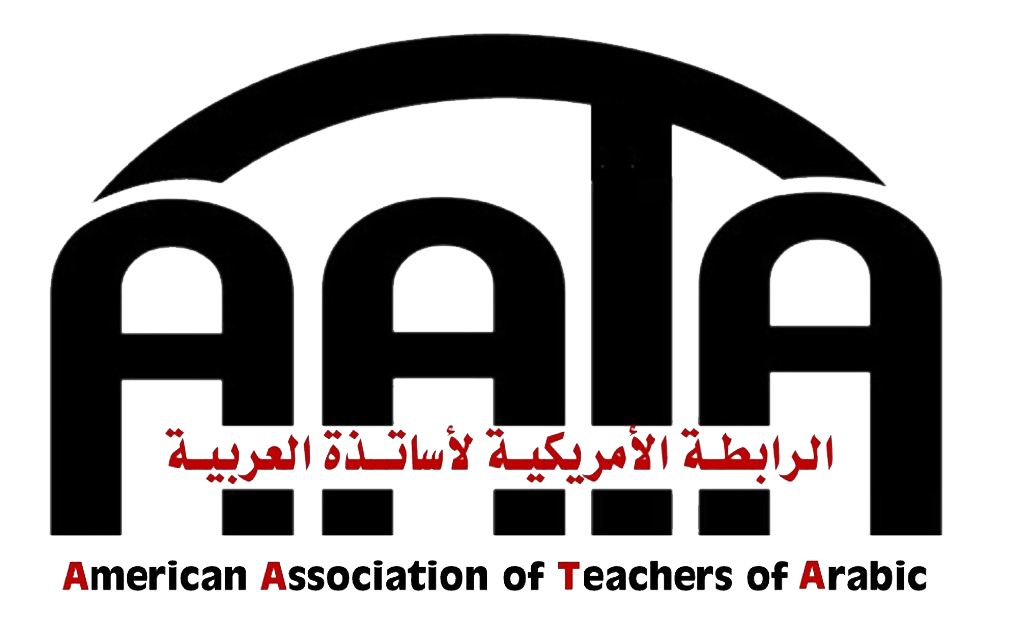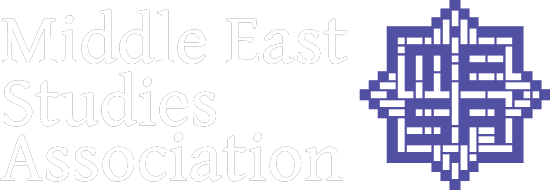Two New Articles: Subject Expression and Intrusive -n
"Subject expression and discourse embeddedness in Emirati Arabic" Language Variation and Change, 25/3: 255-85, 2013 JONATHAN OWENS, ROBIN DODSWORTH, MARY KOHN
Since Prince (1981) and Givón (1983), studies on discourse reference have explained the grammatical realization of referents in terms of general concepts such as “assumed familiarity” or “discourse coherence.” In this paper, we develop a complementary approach based on a detailed statistical tracking of subjects in Emirati Arabic, from which two major categories of subject expression emerge. On the one hand, null subjects are opposed to overt ones; on the other, subject-verb (SV) is opposed to verb-subject (VS). Although null subjects strongly correlate with coreferentiality with the subject of the previous clause, they can also index more distant referents within a single episode. With respect to SV vs. VS, morpholexical classes are found to be biased toward one or the other: nouns are typically VS, pronouns SV. We conclude that the null subject variant is the norm in Emirati Arabic, and when an overt subject is appropriate, lexical identity biases the subject into SV or VS order, generating word order as a discourse-relevant parameter. Overall, our approach attempts to understand Arabic discourse from a microlevel perspective.
"The Historical Linguistics of the Intrusive *-n in Arabic and West Semitic" Journal of the American Oriental Society 133.2: 217-47, 2013. Jonathan Owens
A much discussed morpheme in Semitic historical linguistics is the suffix *-n. Its reflexes include the energic in Classical Arabic, the ventive in Akkadian, and many languages with a [V – n – object pronoun] reflex. Explanations of its origins fall broadly into two camps. One sees it originally as a proto-Semitic verbal suffix, while the other derives it from a grammaticalization of an originally independent [deictic/presentative + object pronoun] element. This paper argues for the correctness of the second explanation, to which end a general reconstruction of the historical development of the morpheme in West Semitic is developed, with particular attention given to Arabic. Although a modest and unobtrusive morpheme, it is argued that the linguistics of *-n is of considerable significance for conceptualizations of Arabic and Semitic historical linguistics.

